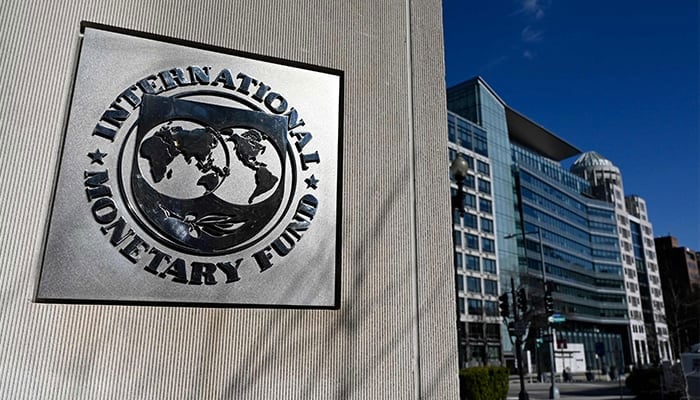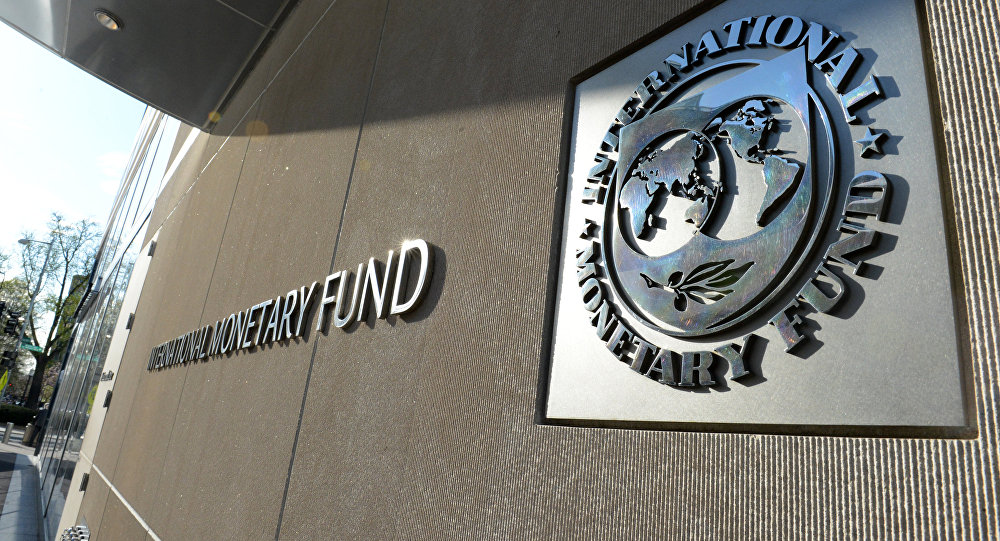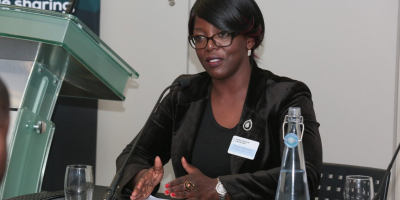
The International Monetary Fund (IMF) has indicated that the Ghana cedi’s strong appreciation against the US dollar in the first half of 2025 may necessitate adjustments to some of the targets outlined in its ongoing programme with Ghana.
- Ghana achieved its debt-to-GDP target of 55% three years ahead of schedule, attributed to the strengthened currency.
- The cedi appreciated over 40% against the US dollar in 2025, positively affecting national debt and economic metrics.
- Ghana surpassed its IMF international reserves target, reaching GH¢10.6 billion by April 2025.
IMF Director of Communications, Julie Kozack, made the comments during a press briefing in Washington, D.C., highlighting that future reviews of Ghana’s economic programme will take into account current financial and macroeconomic developments.
“As we look at the programme, we look at all of these developments, including, of course, developments in the exchange rate,” she noted.
She further explained that exchange rate fluctuations would be evaluated during subsequent reviews to ensure that the programme’s goals remain “appropriate and achievable.”
Programme goals: stability, sustainability and growth
Ghana’s IMF-supported economic reform, backed by the Extended Credit Facility, revolves around three primary objectives: restoring macroeconomic stability, ensuring long-term debt sustainability, and laying the foundation for robust and inclusive growth.
One of the key benchmarks is to reduce Ghana’s debt-to-GDP ratio to 55% by the end of 2028.
DON’T MISS THIS: Top 10 African country with the highest foreign exchange and gold reserves in 2025
Recent data from the Bank of Ghana indicates that as of April 2025, this target has already been met — significantly ahead of schedule — with the debt-to-GDP ratio now standing at 55%. This achievement is largely attributed to the cedi’s steep appreciation against the dollar in 2025, which has positively impacted the country’s debt profile.

Cedi strengthens by over 40% in 2025
Commercial bank data reveals that the Ghanaian cedi has appreciated by more than 40% against the US dollar since the beginning of the year. As of the end of April 2025, the cedi was trading at GH¢10.26 to the dollar, according to Bank of Ghana figures.
President John Mahama, speaking at a recent African Development Bank event in Côte d’Ivoire, disclosed that the currency’s appreciation has helped reduce Ghana’s debt stock by approximately GH¢150 billion.
He further noted in another engagement that the real exchange rate range of the cedi lies between GH¢10 and GH¢12 to the dollar.
IMF targets for international reserves also surpassed
Ghana has also exceeded the international reserves target set under the IMF programme. By the end of April 2025, the country’s reserves stood at GH¢10.6 billion — the equivalent of 4.7 months of import cover. This is significantly above the threshold established in the IMF agreement ahead of its scheduled completion.
Next IMF board review set for July 2025
DON’T MISS THIS: List of African countries turning to gold to shield against currency depreciation
Julie Kozack confirmed that the IMF Executive Board is expected to convene in the first week of July 2025 to assess Ghana’s progress under the ongoing programme.
“Upon approval by the Executive Board, Ghana would be scheduled to receive about US$370 million, bringing total support under the External Credit Facility to US$2.4 billion since May 2023,” she stated.
Ghana to exit IMF programme in 2026
President John Mahama has also announced that Ghana has no plans to extend the IMF programme beyond its official end date in May 2026, signalling confidence in the country’s current economic trajectory.












